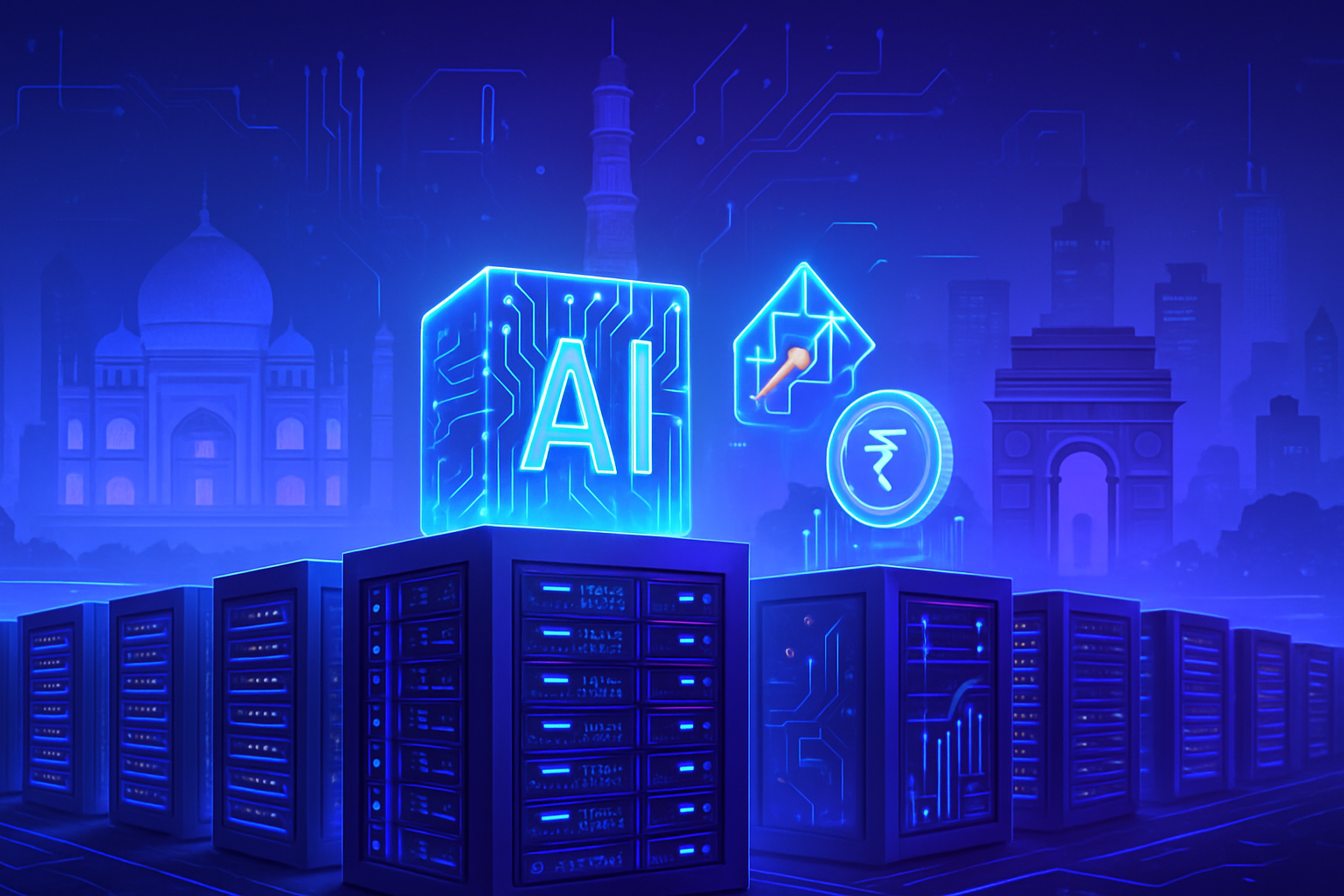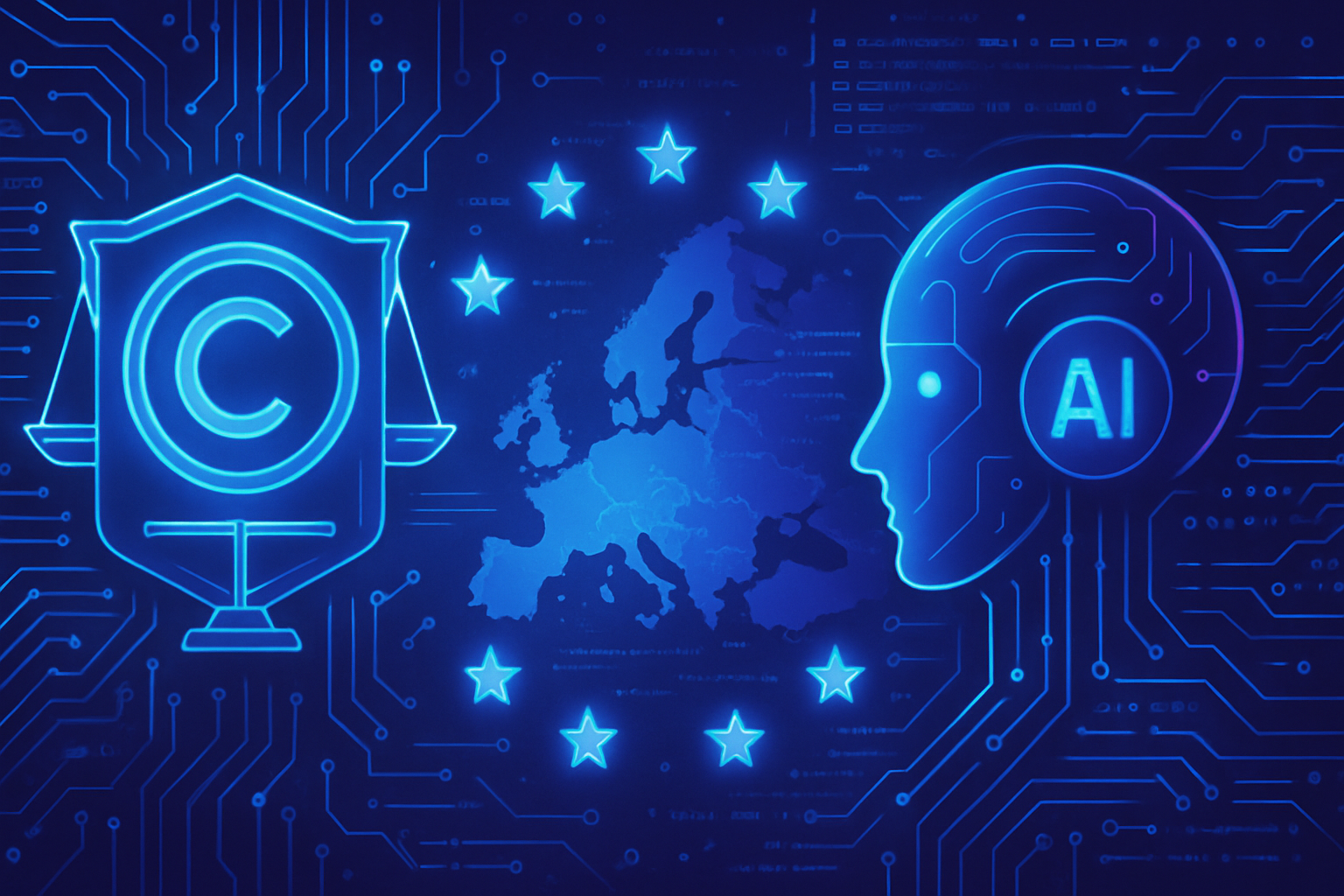The interconnection of data and the political sphere generates a complex and fascinating dynamic. Today’s electoral campaigns rely on incisive data analyses to guide decisions. *Political actors evaluate every number to anticipate voter behavior.*
This evolution creates a pressing need to decipher the underlying mechanisms governing electoral choice. *The use of modern statistical methods is now shaping contemporary politics.* The issues of transparency and *civic engagement* become paramount in the face of the volume of available information.
Interconnection of Data and Political Behavior
Data and politics intertwine in unprecedented ways, evolving into a dynamic where each electoral campaign becomes an exercise in sophisticated manipulation of information. Voters, pollsters, and political leaders rely on datasets to guide their decisions, achieving repercussions at local, regional, and national levels. The teaching of political science plays a crucial role by providing students with the necessary tools to analyze these choices and their repercussions.
The course 17.831: Data and Politics
Course 17.831, titled “Data and Politics”, offers an introduction to the fundamental principles that allow for an understanding of electoral behaviors and other types of political interactions. Under the guidance of Associate Professor Daniel Hidalgo, students explore real datasets to tackle topics such as electoral forecasts, voter participation, and shifts in public opinion.
This training fits within a desire to describe the transformations brought about by the increasing use of data. Understanding the foundations of social statistics and analyzing data using contemporary statistical tools thus becomes essential.
The final project: data collection and interpretation
Students must complete an ambitious final project, involving the collection, analysis, and interpretation of original survey data used in modern campaigns. Hidalgo emphasizes the importance of an applied course, focused on practice, to prepare students to interpret large datasets of political data.
Contemporary Issues of Data and Politics
The rise of artificial intelligence and large language models gives this course increased relevance. Understanding the profile of individuals behind the data becomes essential, as highlighted by Hidalgo. The complexity of the data collection process, fueled by a fragmented media ecosystem, represents a major challenge for analysts.
Data collection methods are evolving, and the old analog approaches, such as phone calls, are giving way to new techniques. Political scientists must now manage a continuous stream of content through various platforms.
The Student Experience: Learning and Engagement
For students like Jackson Hamilton, this course opens a window into the inner workings of political campaigns. Hamilton’s goal is to improve his programming skills applied to political science. As part of this course, he participates in designing survey questions and experimental designs. “The issues that dominate the media do not always reflect those that divide lawmakers,” he aptly notes.
Sean Wilson, a physics student, emphasizes the value of data visualization in his areas of study and civic interest. The need to analyze data, whether it concerns voting trends or public opinions, proves crucial for navigating a constantly evolving political context.
Transparency and Civic Engagement
Teaching students tools like data analysis helps empower them to identify and counter disinformation. Hidalgo positions himself as a committed agent of change. “There is a vast amount of data available, making it essential to acquire the skills needed to understand it,” he asserts.
Learning about polling methods and analysis techniques has profound implications, both in academic settings and in the public sphere. Mastery of data strengthens civic engagement and improves decision-making processes within a representative democracy.
The importance of exploring how data science can apply to political science is illustrated through the experiences of students. The convergence between data science and public policy offers an opportunity to transform the political landscape.
Frequently Asked Questions
How do data influence electoral campaigns?
Data play a crucial role in electoral campaigns by allowing candidates to effectively target voters, analyze voting trends, and adapt their strategies based on public preferences.
What statistical methods are used to analyze voter behavior?
Analysts use methods such as regression analysis, predictive modeling, and longitudinal data analysis to examine voter behaviors and shifts in public opinions over time.
Why is it important to understand biases in political data analysis?
Understanding biases is essential as they can distort the results of analysis, leading to erroneous conclusions about electoral preferences and citizen behaviors.
What is the impact of artificial intelligence on political data collection?
Artificial intelligence enhances data collection by enabling faster and more accurate analysis of large amounts of information, thereby facilitating the detection of patterns in voter behavior.
How are opinion polls designed to accurately reflect voter opinions?
Opinion polls are designed using rigorous sampling selection methods, clear and relevant questions, and applying statistical techniques to ensure representative results.
What tools can be used to visualize political data?
Tools such as Tableau, R, and Python are commonly used to create clear and intuitive visualizations of political data, allowing analysts and decision-makers to understand the information more easily.
How can data help combat political disinformation?
Data allow for the identification of false information and the analysis of disinformation trends, thus providing citizens with the necessary tools to fact-check and make informed decisions.
What are the key skills needed to work with data in politics?
Key skills include proficiency in statistical methods, knowledge of data analysis tools, and communication skills to interpret and present results effectively.
How can data analysis strengthen civic engagement?
By making data accessible and understandable, analysis enables citizens to better inform themselves about political issues, thus empowering them to actively participate in democratic processes.






